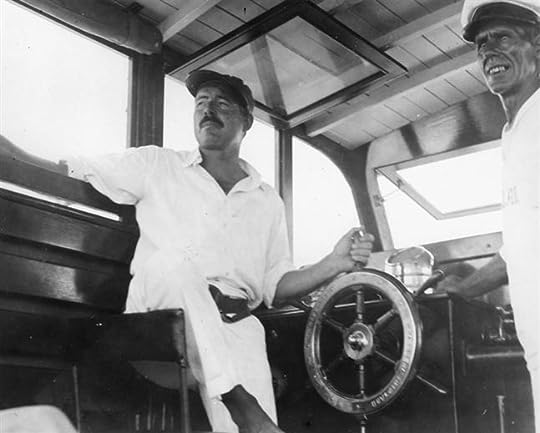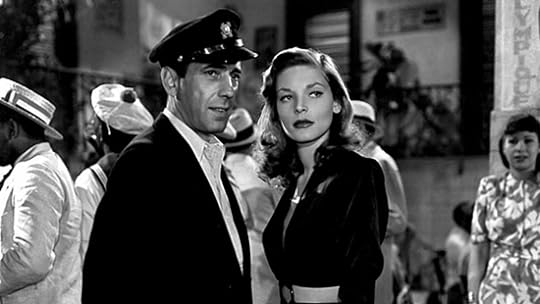What do you think?
Rate this book


252 pages, Paperback
First published January 1, 1937


“The eternal jackpot. I’m playing a machine now that doesn’t give jackpots anymore. Only tonight I just happened to think about it. Usually I don’t think about it."Harry had risked his life to provide for his family, but the haves seem at a loss when faced with a loss of workless income.
the money on which it was not worth while for him to live was one hundred and seventy dollars more a month than the fisherman Albert Tracy had been supporting his family on…One particular wanderer in here is Richard Gordon, a character clearly intended as a Hemingway stand-in, a writer of renown in a troubled marriage, something Ernest knew a little something about. There is a local married lady who “collects writers as well as their books,” disdaining a husband who may be impotent.


